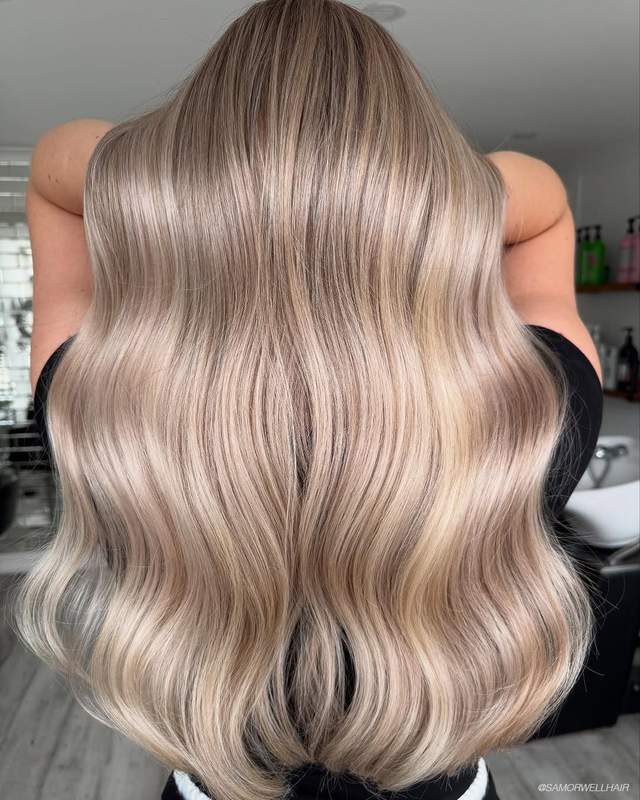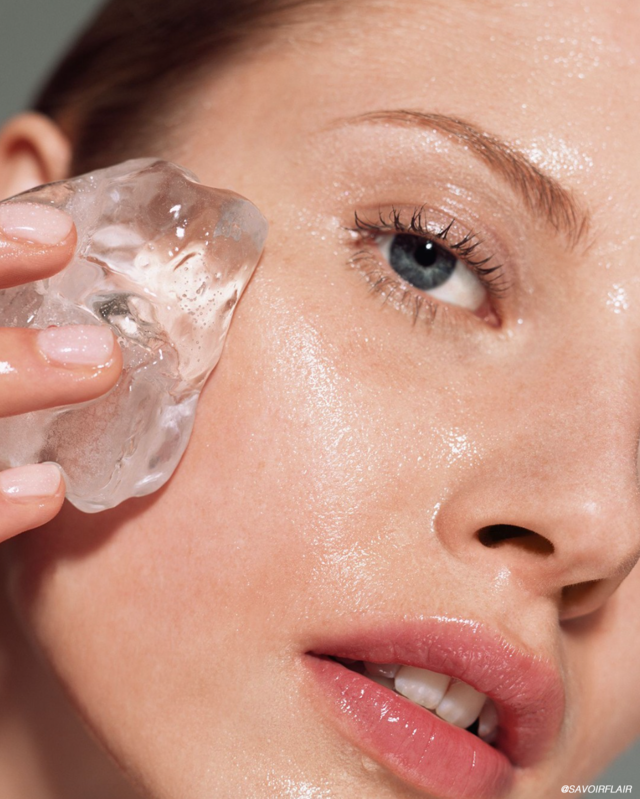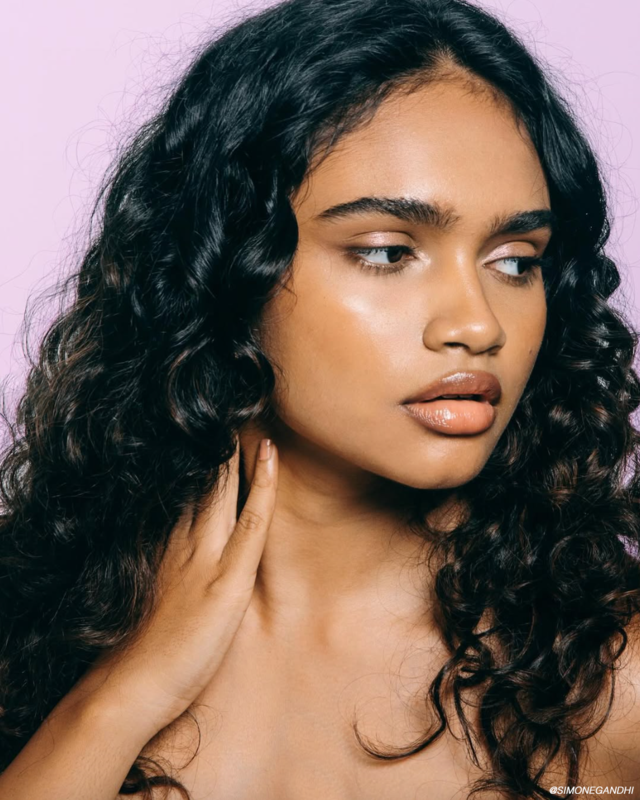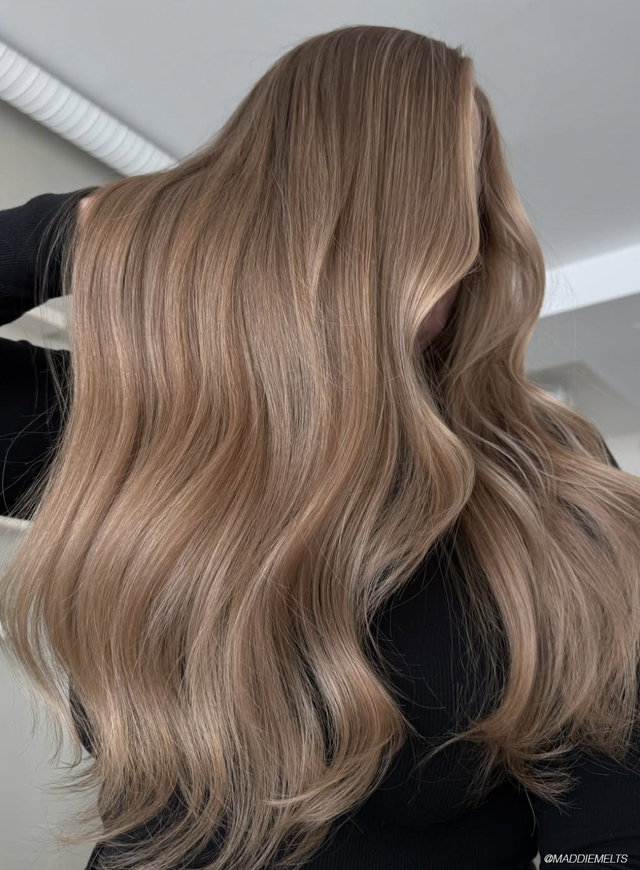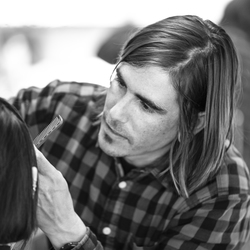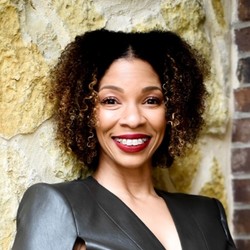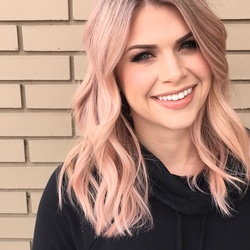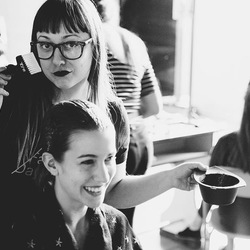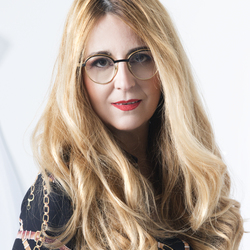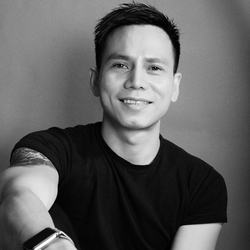If you thought ombré hair had been left in the early 2010s alongside skinny scarves and chunky necklaces, think again—this subtly blended, two-tone color trend is having a major revival for Fall 2025. And this time, it’s not just about style—it’s about strategy.
With salon visits adding up quickly, many clients are seeking ways to extend their hair color investment without compromising a polished, on-trend look. That’s where ombré comes in: a gorgeous, low-maintenance, and budget-conscious choice that works for almost every hair type and lifestyle.
Why Ombré Hair is Trending in 2025
Ombré—French for “shaded”—is a gradual blend from darker roots to lighter ends. It’s evolved over the years from high-contrast “dip-dye” effects to softer, more natural gradients that flatter all hair colors and lengths.
But in 2025, it’s not just about the aesthetic. It’s also about longevity and flexibility. Here are a few top reasons tot ry the trend.
- Budget-Friendly: Because the roots are intentionally darker, regrowth is far less noticeable, meaning you can go longer between salon visits.
- Grey Coverage: For clients covering greys, ombré makes root touch-ups quicker, cheaper, and easier—your stylist can refresh the root color without redoing the entire length.
- Low Maintenance: Fewer appointments mean less commitment without losing that “fresh from the salon” look.
- Seasonal Versatility: Warm honey, chestnut, and copper tones pair beautifully with fall wardrobes, while cooler blondes and ash brunettes work year-round.
Perfect for Recession-Era Hair Color
Let’s be honest—when the economy tightens, beauty budgets often follow. Ombré is the ultimate compromise: you still get a high-impact color service, but your upkeep drops dramatically. Many stylists say clients can stretch their touch-up appointments from the usual 4–6 weeks to as long as 10–12 weeks, depending on their base color and blend.
How Stylists Are Updating Ombré for 2025
This fall’s ombré looks lean softer, richer, and more dimensional. Think melted caramel brunettes, deep chocolate blending into cinnamon ends, or smoky ash roots fading into creamy blonde tips. The modern ombré is ideal to pair with face-framing highlights for brightness where you see it most, without increasing maintenance.
Some stylists are even combining balayage and ombré—painting freehand highlights through the mid-lengths and ends to create a seamless, sunlit transition. The result? A look that grows out gracefully and elongates your color.
Who Ombré Is Best For
- Clients Covering Greys: The blended root makes regrowth less obvious.
- Busy Professionals: Less time in the salon means more time living your life.
- Anyone on a Budget: A premium look without the premium maintenance schedule.
- Switching Up Your Style: Want to experiment with bold end colors? Ombré makes it easy to change up your tips without a full overhaul.
Ombré Hair in 2025
Q: Will ombré make my hair look grown out?
A: Not necessarily. A well-blended ombré looks intentional and polished, not neglected. The gradient from dark roots to lighter ends is designed to look chic whether it’s freshly done or 10 weeks in.
Q: How long can I really go between appointments?
A: For most clients, ombré can stretch touch-ups to 10–12 weeks, sometimes longer, depending on your natural color, grey coverage needs, and how fast your hair grows. Grey coverage clients might still need root touch-ups every 6–8 weeks, but the rest of your hair won’t need refreshing nearly as often.
Q: Can ombré work with my natural greys?
A: Absolutely. Your stylist can blend a root color that disguises greys while allowing for a soft transition into lighter ends. This makes regrowth far less noticeable between visits.
Q: Is ombré damaging to hair?
A: Because you’re coloring the ends less often, you reduce repeated processing. Seeing a professional stylist, using high-quality lighteners, and upgrading at-home care (like hydrating masks and heat protectants) will keep hair healthy and shiny.
Q: What’s the difference between ombré and balayage?
A: Ombré is about a gradual shift from dark to light, often with a clear change near the mid-lengths. Balayage is a highlighting technique that can create a softer, more diffused look. Many stylists now combine the two for a perfectly blended, low-maintenance style.


